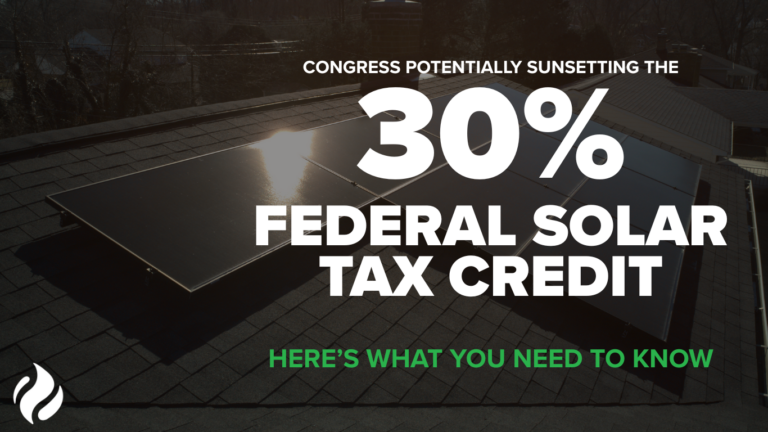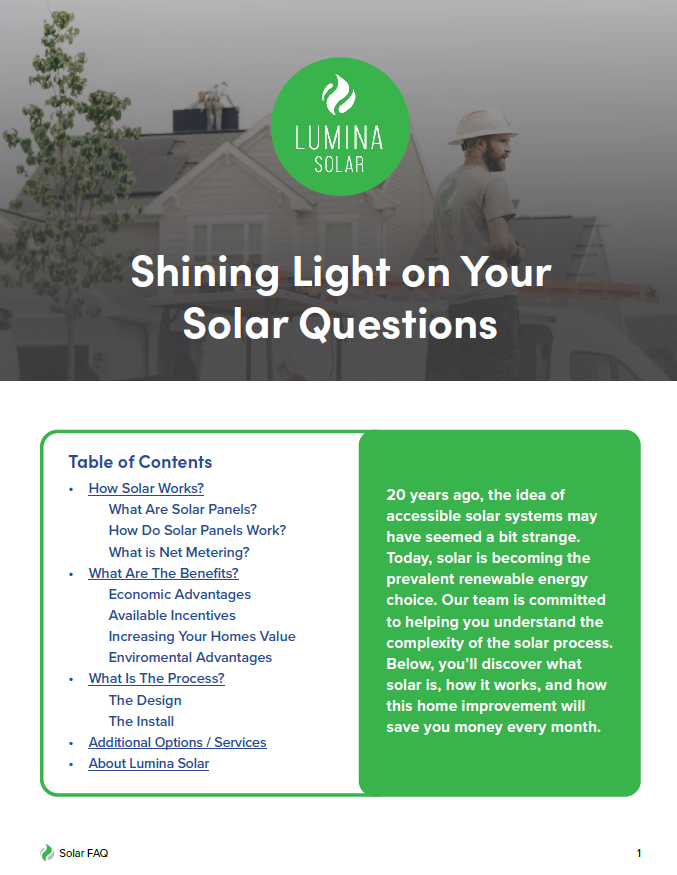Solar Hybrid Power Systems: Combined Solar Power Setups Play A Significant Role In Optimizing The Functionality Of Solar Panels
Types of Solar Hybrid Power Systems
Ever pondered about the variety of solar hybrid power systems available in our world today? Well, let’s dive into this captivating topic.
Photovoltaic-Diesel Hybrid Systems
Imagine a remote area, far from the conventional power grid. Here, Photovoltaic-Diesel Hybrid Systems come to the rescue. These systems, often accompanied by a battery storage, integrate solar panels with diesel generators to produce power. It’s like an orchestra where the sun and diesel play harmonious tunes of energy.
Photovoltaic-Thermal Hybrid Systems
Photovoltaic-Thermal (PVT) Hybrid Systems, anyone? This ingenious system is a two-in-one package, providing both electricity and heat. PVT systems, the epitome of efficiency, combine solar cells with a thermal collector, harnessing the sun’s radiant energy while cooling the solar cells. Isn’t that a remarkable example of tackling two birds with one stone?
- Photovoltaic-Wind Hybrid Systems: Ever thought about the wind and sun working together like a dynamic duo? Photovoltaic-Wind Hybrid Systems use wind turbines to supplement solar panels. When the sun takes a break, the wind steps up, ensuring a consistent power supply. It’s like the sun and wind are performing a never-ending relay race.
Remember, it’s not just about choosing a type of solar hybrid system. It’s about selecting a system that meets your unique needs. So, which orchestra of power will you conduct?
Working Mechanism of Hybrid Systems
Ever wondered how Hybrid Solar Power Systems handle the dance between the sun and battery power? It’s a delicate, intricate ballet. A symphony of energy conversion, storage, and supply.
Energy Conversion: The First Movement
Sunlight dances on solar panels, triggering a photovoltaic effect. The solar cells, like diligent maestros, convert this solar energy into usable electrical energy. But what happens when the sun plays hide and seek behind the clouds? This is where the battery steps in.
Energy Storage: The Second Movement
During the sun’s radiant solo, excess energy is stored in batteries. Think of them as diligent understudies, prepared to take the stage when the leading actor steps aside. But how does the system decide when to switch from one to the other?
Intelligent Energy Supply: The Grand Finale
Enter the hybrid inverter. This smart device conducts the energy symphony. It continuously monitors the system, intelligently switching between solar and battery power to ensure a smooth, uninterrupted performance. But isn’t there a risk of the system draining the battery?
Battery Protection: The Encore
Indeed, to protect the battery from damage due to excessive discharge, the system will switch to grid power if necessary. It’s an encore from an unexpected performer, ensuring that the energy show must go on, no matter the conditions.
- Photovoltaic effect: Sunlight to electrical energy
- Energy storage: Excess energy kept in batteries
- Intelligent energy supply: The hybrid inverter’s role
- Battery protection: The grid’s role in safeguarding the battery
So, the next time you marvel at the reliability of your hybrid solar power system, spare a thought for the intricate mechanisms working tirelessly behind the scenes. It’s much more than meets the eye, isn’t it?
Key Components of Solar Hybrid Power Systems
The solar hybrid power system embodies a complex, yet harmonious blend of components. At its heart, it comprises a photovoltaic system, a battery, and a hybrid inverter. Each part dances its unique ballet, contributing to the symphony of solar energy conversion.
Photovoltaic System
Ever considered the artistry of a solar panel? A canvas of photovoltaic cells, each harnessing sunlight and transmuting it into electricity. A seemingly mundane process, yet laden with the beauty of science and technology.
Battery
What happens when the sun sets? Does the dance of power conversion cease? Not quite. The battery, an unsung hero, stores excess energy produced during daylight, safeguarding against the night and cloudy periods.
Hybrid Inverter
The hybrid inverter, a maestro conducting this energy orchestra. It manages power distribution, ensuring a smooth transition between solar power and stored battery power. But, does its role end there? It also ensures the safety and efficiency of the entire system.
Installation of Solar Hybrid Power Systems
Installing a solar hybrid power system is akin to composing a symphony. It demands precision, expertise, and an intimate knowledge of the system’s layout. But, what does the process entail?
- Site Assessment: Identifying the optimal location for the solar panels, considering factors like sun exposure and roof angle.
- Mounting the Solar Panels: Once the site is determined, the solar panels are strategically positioned to maximize sunlight absorption.
- System Connection: The solar panels are then connected to the battery and inverter, ensuring a harmonious flow of energy.
- Testing: The final step involves a thorough system check to guarantee safe and efficient operation.
At the end of the day, isn’t it rewarding to know that you’re contributing to a cleaner, greener planet?
Efficiency and Performance Analysis
Ever wondered why solar energy is so hyped? Let’s dig into the nitty-gritty of solar hybrid power systems. Picture this – a sunny town in the heart of Arizona. The sun is relentless, and so are the solar panels, harnessing its energy with remarkable efficiency.
Efficiency
Efficiency is the lifeblood of any power system. In a solar hybrid system, this represents the ratio of output power to the total solar power incident on the panel. But how does one measure this? The answer lies in a term called ‘performance ratio’. This is the actual output versus the theoretical output, given in percentage.
Performance Analysis
- Temperature Coefficient: Did you know that solar panels are like us humans? They too prefer mild temperatures. Extreme heat can actually reduce their efficiency.
- Shading: Imagine a tree casting a shadow over your panels. This can significantly affect the performance of the Photovoltaic system.
- Dust and Dirt: Accumulation of dust and dirt on the panels’ surface can obstruct sunlight, reducing the system’s output.
So, how can we overcome these issues? Regular maintenance and strategic placement of panels can go a long way.
Remember, the sun is a generous giver. With proper energy efficiency measures, solar hybrid power systems can harness its power to the maximum, making our planet a little greener.
Environmental Impact and Sustainability
When it comes to solar energy, one might ask, “How sustainable is it, really?” Solar hybrid power systems stand as a testament to the marriage of innovation and environmental stewardship. But let’s not dance around the topic; they are not without their own set of unique trials.
Firstly, production of these systems entails usage of raw materials. Mining these resources, like silicon for photovoltaic panels, can have significant environmental impacts. Yet, isn’t it a small price to pay for a future powered by clean, renewable energy?
Solar Panel Lifespan
Contrary to popular belief, solar panels don’t last forever. Typically, their lifespan spans 25-30 years. Yet, waste management for outdated panels remains a largely uncharted territory. Does the thought of countless solar panels languishing in landfills make you cringe? It certainly should.
Light Pollution
Another often overlooked impact is light pollution. Large solar farms can cause glares, affecting local wildlife and human inhabitants. But, isn’t the sight of these glistening panels a testament to our commitment towards a greener future?
Energy Storage
- Hybrid solar systems often rely on batteries for energy storage. These, however, have their own environmental footprint.
- Production and disposal of batteries can release harmful toxins.
- Yet, emerging technologies promise more sustainable alternatives. Can’t we put our faith in human ingenuity?
In conclusion, solar hybrid power systems, while not perfect, represent a step towards sustainable energy. As we continue to innovate and improve, these minor setbacks will surely be overcome. After all, isn’t our planet’s future worth fighting for?
Solar Hybrid Power Systems
Pronunciation: ˈsō-lər ˈhī-brəd ˈpau̇(-ə)r ˈsi-stəm
Definition:
A Solar Hybrid Power System is a combination of solar power from the photovoltaic system and another power generating system, usually a conventional method like diesel. These systems are designed to provide a consistent power supply under all weather and time variations.
Encyclopedia Entry:
A Solar Hybrid Power System, often used in off-grid situations, combines the strengths of solar power and another power generation method. The most common combinations are solar and wind power, or solar and diesel. By combining these power generation methods, it’s possible to provide a consistent power supply even when solar power isn’t available, such as at night or during cloudy weather. The power generated is usually stored in batteries for later use. These systems are beneficial in remote areas where conventional power grids are not accessible.
For more information about Solar Hybrid Power Systems contact Lumina Solar today.
Useful Links
Parallel Circuits, Diode, Automobile Auxiliary Power Outlet, Usb, Solar Cell Efficiency, Electromagnetic Spectrum, Ultraviolet, Infrared, Monochromatic, Irradiance, W/M2, Spectrum, Airmass, Solar Irradiance, Soiling (Solar Energy), Open-Circuit Voltage, Short-Circuit Current, Watt-Peak, Voltmeter, Potential-Induced Degradation, Boron, Photovoltaic Mounting System, Solar Power Plant, Agrivoltaics, Bifacial Solar Cells, Solar Canopy, Solar Array, Patio Cover, Zenith Angle, Azimuth Angle, Occupational Hazards Of Solar Panel Installation, Cadmium Telluride, Gigawatt, Gigawatt, Experience Curve Effects, Photovoltaics, Grid Parity, Mains Electricity, Balance Of System, Solar Energy, Applications Of Photovoltaics, List Of Solar-Powered Products, Photovoltaic Power Station, Solar Hybrid Power Systems, Concentrated Photovoltaics


